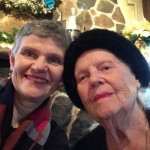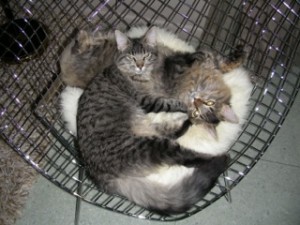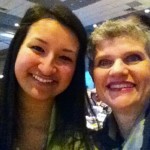 This week, my Mom turned 94. You heard me right…94! So far, she has outlived her husband by six years. She has outlived her mother by nine years. She has outlived every friend that she had from her younger days. And yet, she is as young at heart, interested and curious about the world as people half her age.
This week, my Mom turned 94. You heard me right…94! So far, she has outlived her husband by six years. She has outlived her mother by nine years. She has outlived every friend that she had from her younger days. And yet, she is as young at heart, interested and curious about the world as people half her age.
During the holidays at this time of year, people often ask “What are you thankful for?” For me, I am thankful for fully enjoying my mother in her twilight years. When I was younger, I didn’t give age much thought. My parents were simply my parents, always there for me, helping me when I needed help and supporting whatever I wanted to do with my life.Now, it’s time for me to be there for my Mom, to help and support her in the many things that she still wants to do at her age.
As an artist, my Mom is still painting and entering her paintings in local art exhibitions. As a cook and baker, she is still cooking and baking for herself and (thank goodness) for others who marvel at the fact that her culinary skills are in tact. As an avid reader, she reads every day – library books, magazines and of course her daily mail. As a faithful person, she says her prayers and rosary each morning, attends church every week and supports every special fund there is. As a natural caregiver, she thoughtfully provides and delivers meals to friends and family who are recovering from surgery or experiencing the loss of a loved one. As the family matriarch, she knows everyone’s birthday or anniversary, and has a card ready to go in the mail when those important days come. When she hears of the upcoming arrival of a baby, she immediately gets busy knitting or crocheting a baby blanket.
My Mom is part of the “greatest” generation who grew up with traditional values of family, faith, honesty, loyalty and hard work. Each day, we lose thousands of this generation, and with them we lose their stories, their traditions and their caring nature. That’s why I am enjoying every minute with my Mom.
What sages are in your life that you can take the time to get to know better, to serve, or help? A parent? A grandparent? An aunt or uncle? A neighbor? A former teacher? Their history and experiences could enrich your life. Start the conversation today.









